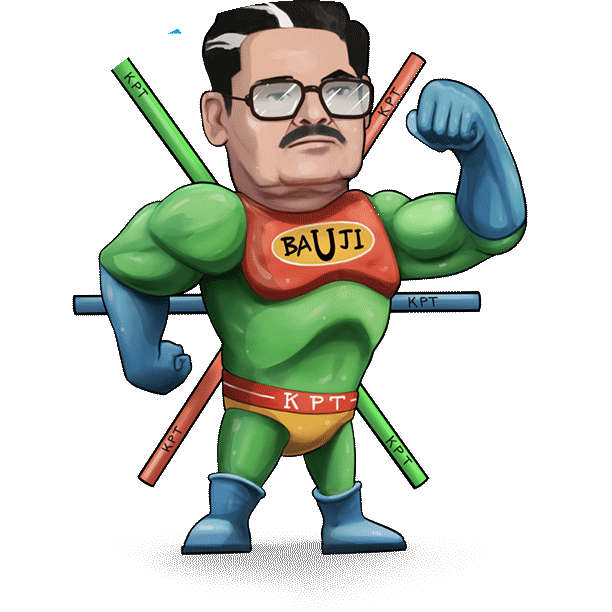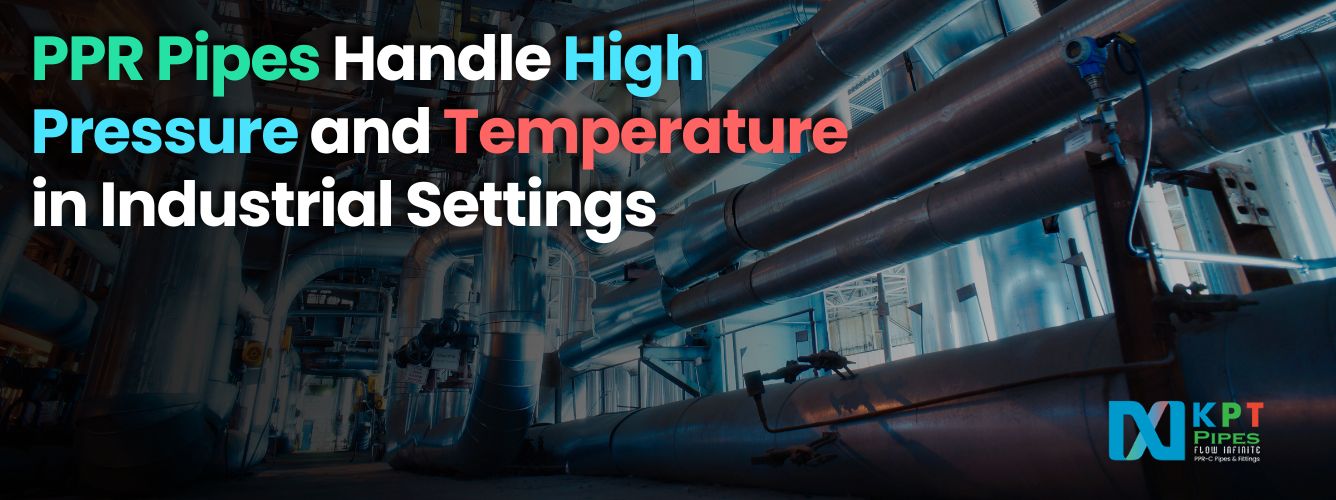In industrial settings, the demand for reliable and durable piping solutions is paramount. Industries often deal with high-pressure and high-temperature processes, which can strain conventional piping materials. This is where Polypropylene Random Copolymer (PPR) pipes shine. Known for their superior performance, PPR pipes offer exceptional durability and efficiency under challenging conditions. This blog explores how PPR pipes handle high pressure and temperature, making them a top choice for industrial applications.
Table of Contents
ToggleUnderstanding PPR Pipes
PPR pipes are made from Polypropylene Random Copolymer, a type of thermoplastic polymer known for its strength and chemical resistance. The production process involves polymerising propylene with a small amount of ethylene, resulting in a copolymer that offers improved impact resistance and flexibility compared to other polypropylene variants. PPR pipes are widely used in various industrial applications due to their ability to withstand extreme conditions and offer long-term reliability.
The Structure of PPR Pipes
PPR pipes are designed with a three-layer structure that enhances their performance under high pressure and temperature:
- Outer Layer: The outermost layer protects against external mechanical damage and environmental factors. It is often reinforced with additional materials to ensure durability and resistance to external impacts.
- Middle Layer: The middle layer is where the primary strength of the pipe lies. It is composed of high-density polypropylene which ensures the pipe can handle internal pressures. This layer is designed to withstand the stresses encountered in high-pressure environments.
- Inner Layer: The inner layer is smooth and designed to minimize friction loss and prevent scaling. It is resistant to the corrosive effects of the fluids being transported, ensuring a longer lifespan and consistent flow performance.
Handling High Pressure
One of the standout features of PPR pipes is their ability to handle high pressure. This is accomplished through several essential characteristics:
- High Tensile Strength: PPR pipes possess high tensile strength, which allows them to endure significant internal pressures without deforming or failing. The material’s molecular structure provides strength and stability, making it suitable for high-pressure applications.
- Pressure Rating: PPR pipes are available in various pressure ratings, including PN10, PN16, PN20, and PN25. Each rating corresponds to the maximum pressure the pipe can handle. For industrial settings that involve very high pressures, PPR pipes with higher pressure ratings are used to ensure safety and reliability.
- Temperature Resistance: High-pressure environments often coincide with elevated temperatures.PPR pipes are designed to uphold their structural strength and functionality even in elevated temperature conditions. The material’s thermal stability ensures that the pipes do not soften or deform, which could lead to leaks or failures.
Managing High Temperature
PPR pipes are intended to withstand high pressure while also controlling high temperatures. Here’s how:
- Thermal Stability: PPR pipes can operate efficiently in temperatures ranging from -10°C to 95°C, and in some cases, up to 110°C. This versatility renders them appropriate for both hot and cold water applications. The material does not become brittle or lose its mechanical properties at elevated temperatures, ensuring consistent performance.
- Heat Resistance: The polypropylene random copolymer used in PPR pipes has a high melting point, which allows the pipes to withstand thermal stress without deforming. This heat resistance makes PPR pipes ideal for transporting hot fluids in industrial processes.
- Coefficient of Thermal Expansion: PPR pipes have a low coefficient of thermal expansion, meaning they do not expand or contract significantly with temperature changes. This characteristic aids in preserving the integrity of pipe joints and fittings, thereby minimising the likelihood of leaks or joint failures.
Applications in Industrial Settings
PPR pipes are used in a variety of industrial applications where high-pressure and temperature conditions are prevalent. Some of these applications include:
- Chemical Processing: PPR pipes are used to transport aggressive chemicals due to their chemical resistance and ability to handle high temperatures. Their ability to resist chemical corrosion ensures that the pipes maintain their integrity over time.
- Heating Systems: In industrial heating systems, PPR pipes are used to transport hot water and steam. Their high-temperature resistance and durability make them suitable for maintaining efficient heating processes.
- Cooling Systems: PPR pipes are also used in cooling systems where they transport chilled water. Their ability to handle temperature fluctuations and maintain performance under pressure is crucial for effective cooling operations.
- Compressed Air Systems: The high-pressure rating of PPR pipes makes them suitable for compressed air systems, where they handle the pressures involved in air compression and distribution.
Advantages Of Traditional Materials
PPR pipes offer several advantages over traditional piping materials, such as:
- Corrosion Resistance: Unlike metal pipes, PPR pipes are resistant to corrosion and scaling, which extends their service life and reduces maintenance costs.
- Ease of Installation: PPR pipes are lightweight and easy to install, requiring fewer fittings and joints compared to metal pipes. This reduces installation time and costs.
- Cost-Effectiveness: The long-term durability and low maintenance requirements of PPR pipes make them a cost-effective choice for industrial applications.
Conclusion
PPR pipes offer a reliable solution for managing high pressure and temperature in industrial environments. Their distinctive attributes, such as high tensile strength, thermal stability, and resistance to chemical degradation, make them a favoured option for a variety of industrial uses. By understanding how PPR pipes manage these challenging conditions, industries can make informed decisions about their piping solutions, ensuring reliability and efficiency in their operations. For industries seeking dependable and high-performance piping systems, PPR pipes offer a compelling choice that meets the demands of high-pressure and high-temperature environments.



